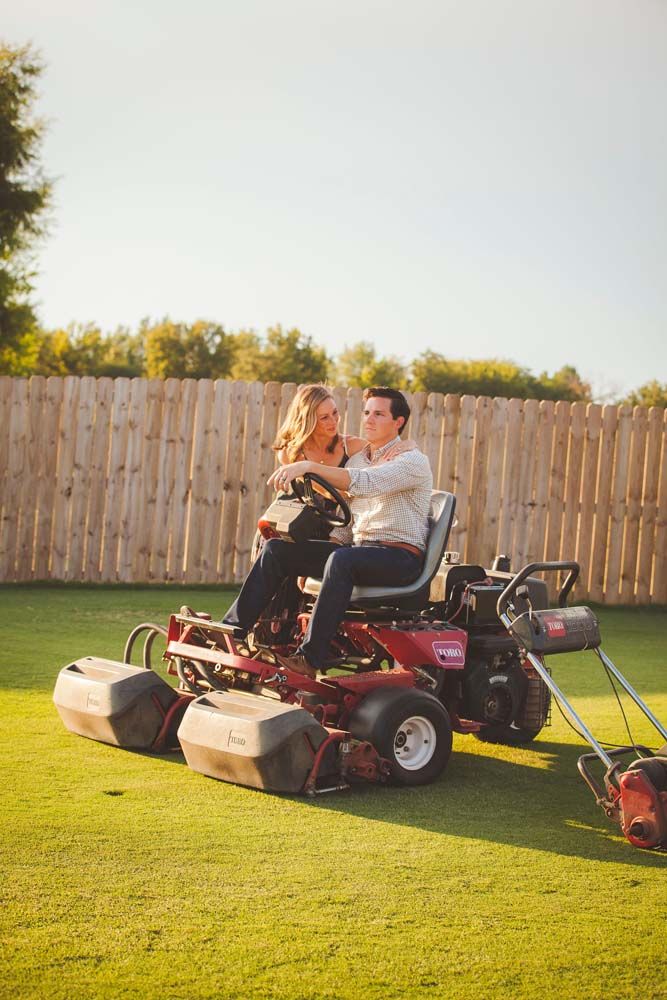Planting Small Fruits For BIG Returns


Now’s the time to plan ahead
What do you want to plant? This question always gets gardeners’ juices flowing. With so many options for fruit bearing varieties this question can quickly become overwhelming, even for seasoned gardeners.
However, asking and answering several additional questions should bring the potential small fruit garden into focus for you.
Start by answering some of these questions
What’s your zone? Most fruit bearing plants require enough cold to bear fruit. This could be a limiting factor, one way or the other.
What do prospective plants need and want? Blueberries for example, require a very low pH range of 4.5 to 5.5. However, similar fruiting varieties like Honeyberries will thrive in average soil conditions.
What’s your commitment level? Know that all fruit bearing shrubs are a bit more work than regular landscape shrubs. Planning and focusing on what you want out of your crop compared to the time you can put into it will help lead you to what varieties to plant.
Curb your enthusiasm
As with many gardening endeavors, the best advice is to start small. Even if you are a Master Gardener, starting with a few plants allows for gaining valuable and practical experience with varieties you may have never grown before. Remember, a well-tended small planting may yield more and higher quality fruit than a larger poorly managed fruit plot.
Where should your fruit garden go? Although there are minor differences between varieties, virtually all fruit bearing plants will thrive in full sun locations with well-drained organically rich soil, in areas with excellent air circulation. Proper spacing and cross-pollination requirements must be followed as well.
Several fruiting shrubs are self-fruitful; however, the largest most flavorful fruits will always occur with proper cross-pollination. In urban garden situations, incorporating some edible plants into existing beds may often be the simplest and most aesthetically pleasing solution for adding some fruit bearing plants into your garden. Not all fruit gardens will follow patterned rows of a strict orchard planting. Be creative, but make sure your shrubs are planted close enough for adequate cross-pollination.
What’s your soil like? Knowing your soil conditions and pH can help you decide what varieties will work best with the least amount of effort. All soils can benefit from additions of organic matter like leaf compost, peat or aged manures.
However, if pH adjustments are indicated, you will need to add the proper amounts of either soil sulfur for lowering the pH to make it more acidic or by adding lime to raise a naturally low pH to the appropriate level. It is recommended that you have a soil test done 6 months to 1 year in advance to allow enough time for soil conditioning. The process of altering the pH is not difficult, but it does take time. Plan ahead for it.
Thinking differently
Depending on your zone, you can grow delicious small fruits that will surprise you with their flavors and uses, especially if they’re not “common” fruits. Consider planting arena, currants, gooseberries, honey berries, or goji berry plants. You will be surprised!
Adaptable small fruiting shrub options:
‘Nero’ Aronia & Low Scape™ are two superb selections ofAronia melanocarpa, that are hardy for full or part sun locations. USDA zones 3-7.
Ribes species: Easy to grow and adaptable. They include Currants like ‘Red Lake’, ‘Rovada’ and ‘Consort’ which are hardy for USDA zones 3-7 and Gooseberries like ‘Hinnomaki Red’, ‘Invicta’ and ‘Pixwell’ that are reliable in USDA zones 5-8.

Honeyberries – Lonicera caerulea are the “Lazy” gardener’s blueberry, as mentioned. Early flowering types include ‘Aurora’, ‘Berry Blue’, ‘Honey Bee’, and ‘Tundra’. With later flowering types of ‘Blizzard’, ‘Boreal Beauty’ or ‘Boreal Beast’. USDA zones 4-7.

Lycium barbarum – Goji Berry fruits are noted to be “the most nutritionally dense food on earth.” Plants are easy to grow and also quite adaptable. Reliable in USDA zones 5-8.

Tags:Garden & Landscape

Acreage Life is part of the Catalyst Communications Network publication family.













